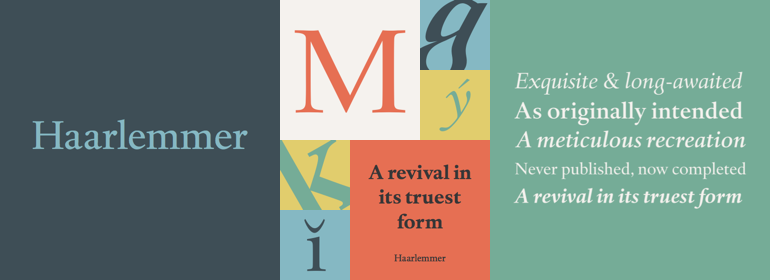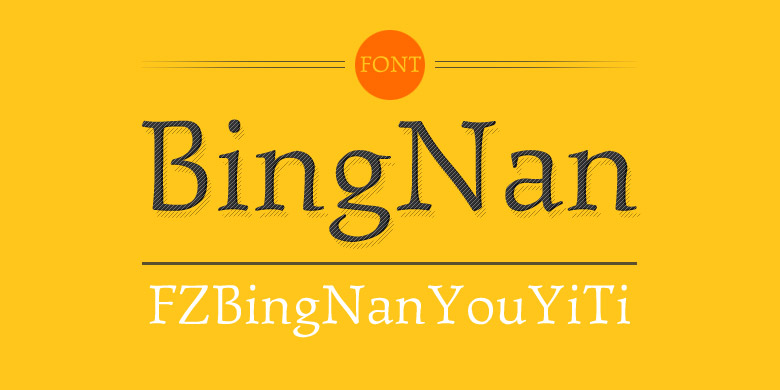Haarlemmer™
字体介绍:
最初的版本绘制于20世纪30年代末,是为Dutch Society for The Art of Printing and Books创作的,而且会通过使用Monotype排版将其用于新版《圣经》的设置。因此,问题就出现了:像Linotype和Monotype这样的铸字排版的字体必须在一个预先确定的字符宽度值中创建。每一个字母都必须与之相匹配,且其间距由一个只有18个单元的网格决定。通常,斜体字符的宽度必须与罗马设计的宽度相同。Van Krimpen认为这严重损害了设计过程。
第二次世界大战期间,荷兰的入侵中断了Bible项目的所有工作,最初的Haarlemmer从未投入生产。快进60年。
Dutch Type Library的Frank E. Blokland想要复刻最初的哈Haarlemmer,但这次是Van Krimpen所希望的。 Blokland重新诠释了原始手稿,并创作了一款与Van Krimpen的最初概念尽可能匹配的字体。虽然Van Krimpen再也无法掌舵了,但对他作品进行的深入研究弥补了他的缺席。
其结果就是一个出色的包括三种字重的文本家族,有互补的斜体设计和一整套小型大写字母以及老式数字。Van Krimpen将为此感到自豪。
Haarlemmer is a recreation of a never-produced Jan Van Krimpen typeface that goes one step beyond authentic: it shows how he wanted it to be designed in the first place.
The original, drawn in the late 1930s, was created for the Dutch Society for the Art of Printing and Books and was to be used to set a new edition of the Bible, using Monotype typesetting. Hence the problem: fonts for metal typesetting machines like the Linotype and Monotype had to be created within a crude system of predetermined character width values. Every letter had to fit within and have its spacing determined by a grid of only 18 units. Often, the italic characters had to share the same widths as those in the roman design. Van Krimpen believed this severely impaired the design process.
The invasion of Holland in World War II halted all work on the Bible project, and the original Haarlemmer never went into production. Flash forward about sixty years.
Frank E. Blokland, of The Dutch Type Library, wanted to revive the original Haarlemmer, but this time as Van Krimpen would have intended. Blokland reinterpreted the original drawings and created a typeface that matched, as much as possible, Van Krimpen's initial concept. While Van Krimpen's hand could no longer be on the tiller, a thorough study of his work made up for his absence.
The result is an exceptional text family of three weights, with complementary italic designs and a full suite of small caps and old style figures. Van Krimpen would be proud.






















 商业发布授权
商业发布授权
 出版物授权:针对出版物
出版物授权:针对出版物
 嵌入式应用授权
嵌入式应用授权






